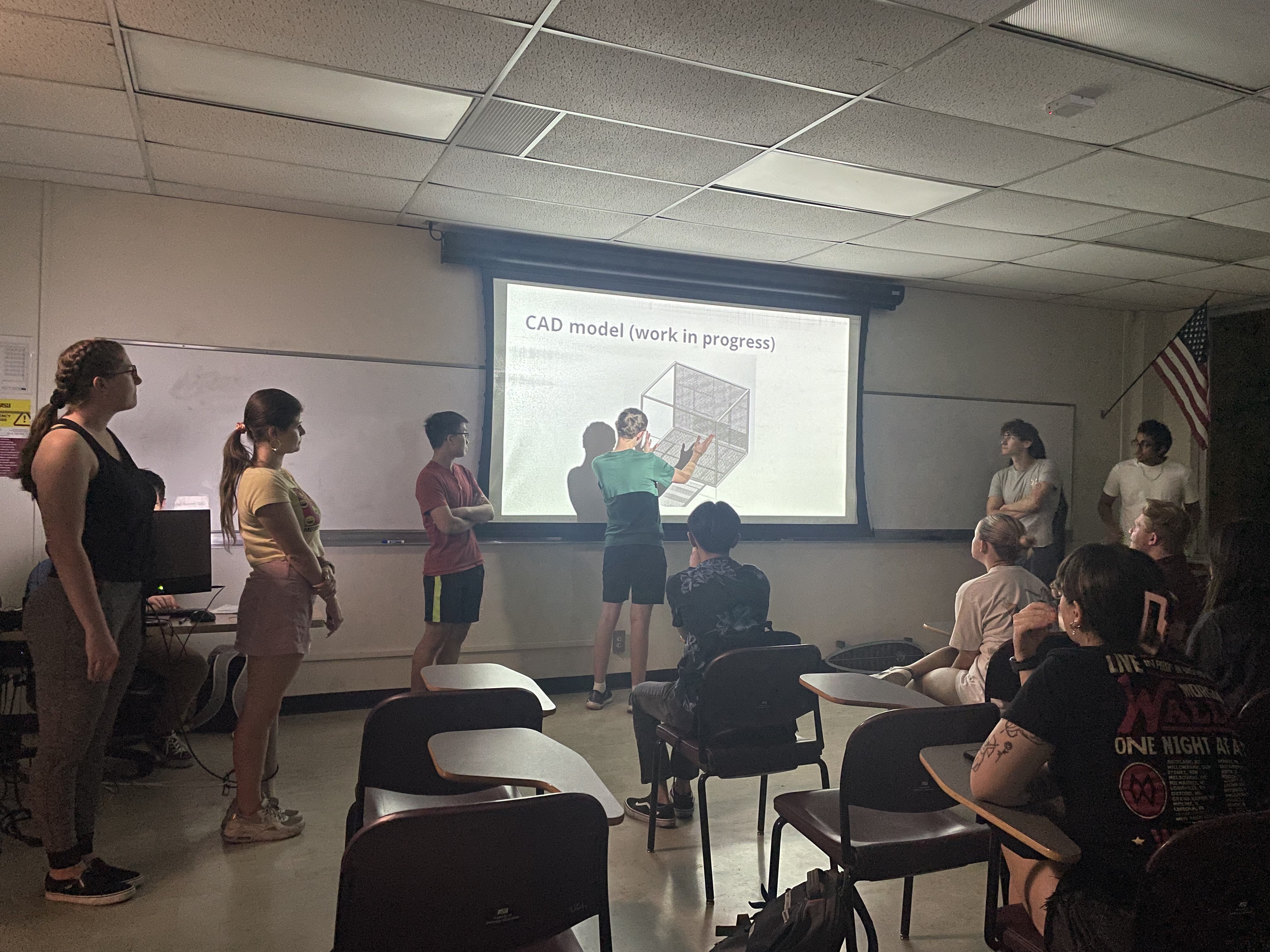Plastic Pipeline
Our pipeline begins at the three major campsites in the Simien Mountains National Park, where we will install designated receptacles for plastic bottle collection in collaboration with the Ethiopian Wildlife Conservation Authority. Park authorities will transport the receptacles, once full, to the recycling workshop at Debark University. Workshop employees and volunteers will clean the plastic and feed the bottles into the shredder, which pelletizes bottles into small shards. These shards will then be fed into the injection molder, which melts the shards with heat and injects the liquified plastic into one of a set of pre-fabricated molds, each of which renders a different product. Local residents in Debark will be able to buy the products at a low price, customize the products by adding paint, magnets, hooks, or other alterations, and will sell the final customized products to tourists for a profit.
Products
Despite its status as a UNESCO World Heritage Site and one of Ethiopia’s most visited tourist attractions, there are virtually no souvenirs for sale in the areas surrounding the park. Our student team has worked with community members in Debark, the gateway town for visiting the Simien Mountains, to design items that capture unique elements of the local flora and fauna. We have designed an additional suite of children’s toys that can be made for sale in the local market– another open niche that will have a positive impact on the lives of people living in and around the Simien Mountains.
While PET plastic is the most ubiquitous form of plastic, it is also among the most difficult forms to work with. The chemical and physical limitations of PET plastic constrain the type of items that we can produce; for example, making recycled PET plastic food-grade requires an additional cost-prohibitive step. However, as our project expands and we aim to scale up, we intend to incorporate the production of food-grade items (e.g., plates, bowls, and cups to be sold in local markets) made from recycled plastic bottles.




